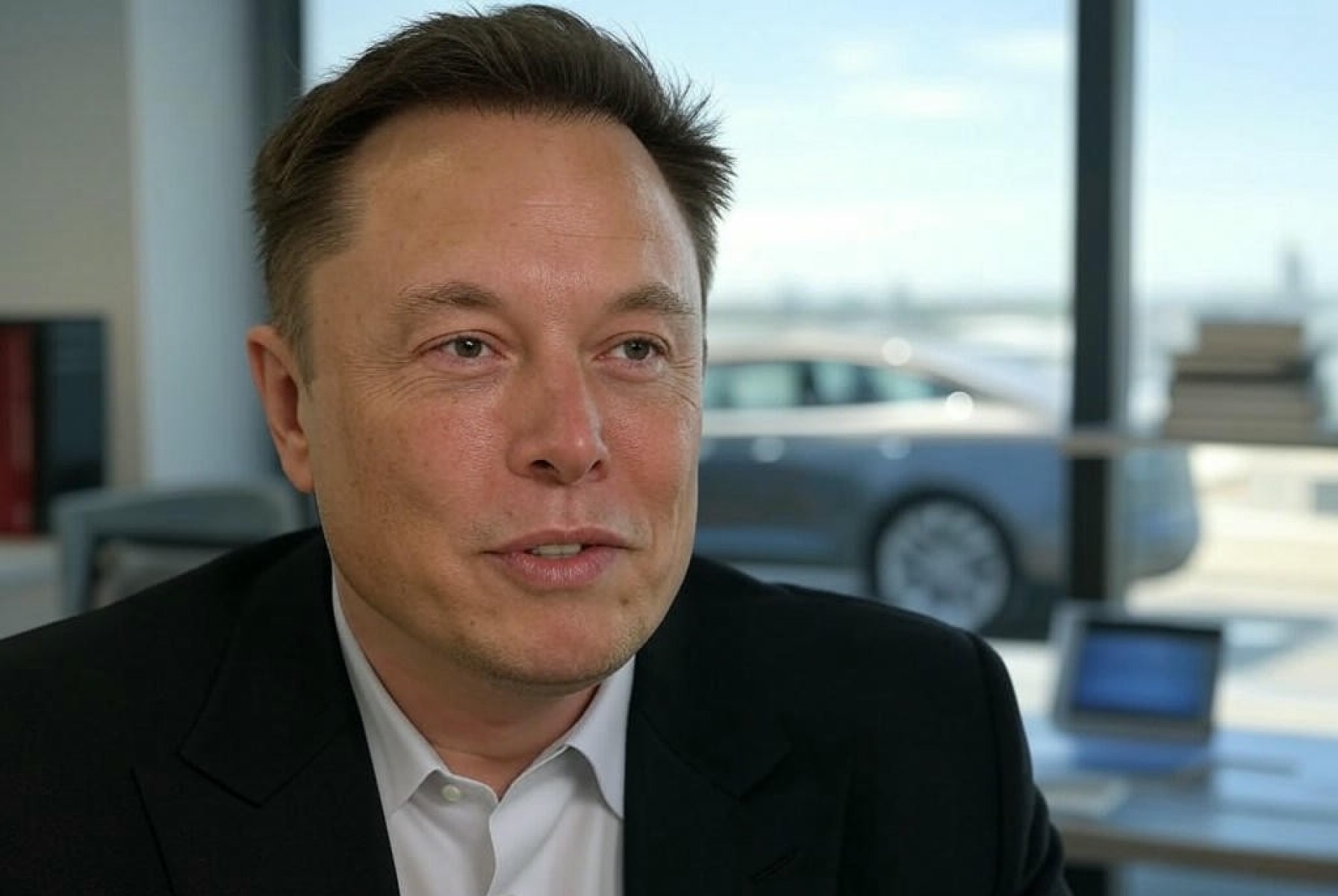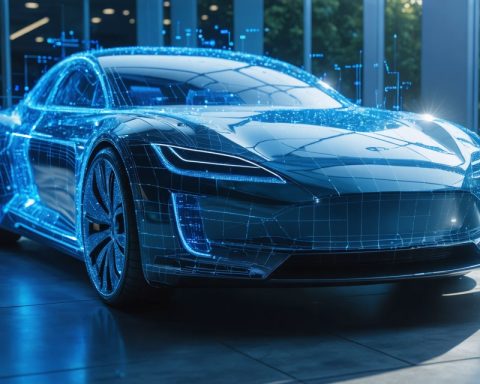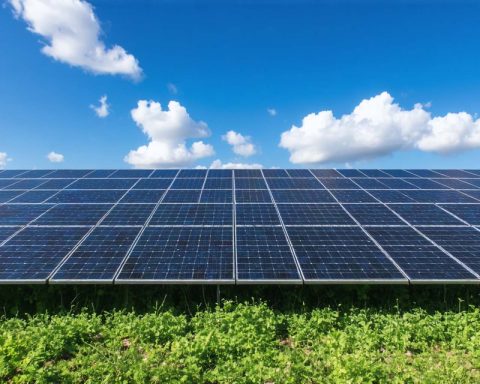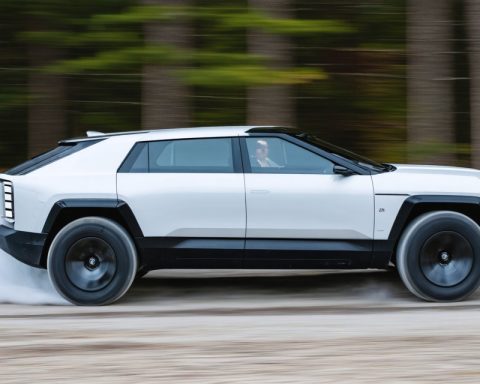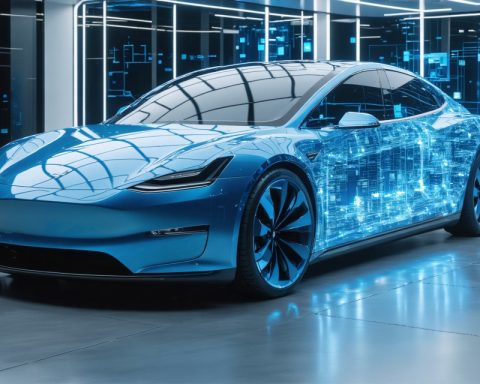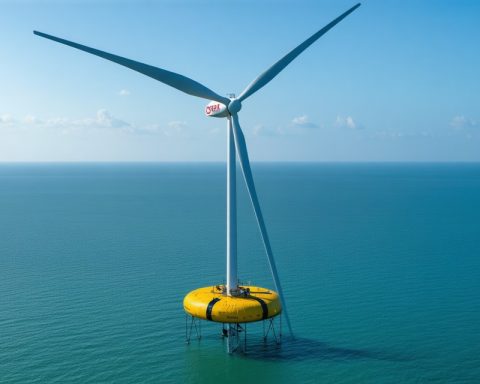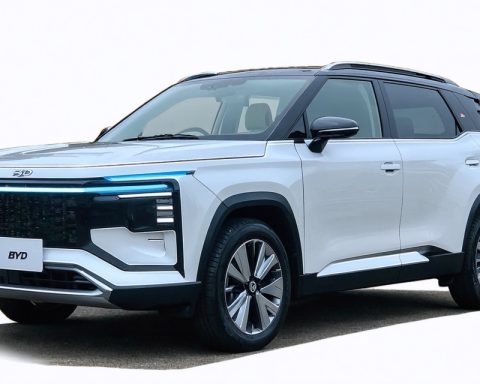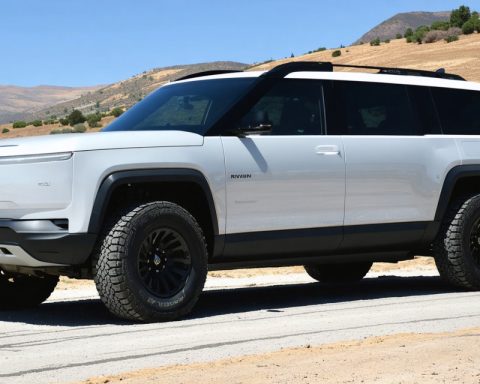- Tesla, Inc. leads the charge in redefining battery technology, driving innovation across energy storage and electric vehicles.
- The global EV battery market is set to grow significantly, reaching $87.78 billion by 2025, driven by reduced battery costs.
- China dominates battery production, using cost-effective and innovative technologies like lithium-iron-phosphate (LFP) to stay competitive.
- U.S. challenges include rising tariffs on Chinese components, potentially slowing growth in energy storage solutions.
- Tesla’s dual focus—Automotive and Energy Generation & Storage—yields significant revenue and positions it as a major player in the industry.
- The company is investing in AI and robot technologies, with plans to introduce humanoid robots by 2026.
- The broader energy narrative includes diverse technologies, offering opportunities beyond Tesla as prices stabilize and technologies advance.
The race towards a cleaner, more sustainable future is turbocharging, one electric jolt at a time. Tesla, Inc. (NASDAQ:TSLA) is not just steering the wheel in this electrifying journey; it’s redefining the entire trajectory of battery technology, rivaling any card dealt at NASDAQ. From Silicon Valley to Shanghai, Tesla’s ventures echo a crescendo of growth and innovation that billionaire investors find irresistible.
Batteries: The Core of the Clean Energy Revolution
Let’s dive into the world where batteries serve as the heartbeat of cleaner energy. These powerhouses drive electric vehicles (EVs) and facilitate energy storage crucial for renewable energy systems. The numbers speak volumes: the global EV battery market is charging up from an estimated $66.43 billion in 2024 to a forecasted $87.78 billion in 2025. It’s a meteoric rise fueled by a cost revolution, with battery pack prices plummeting below the golden threshold of $100 per kilowatt-hour.
A Global Power Shift
China stands as the towering giant in battery production, with 75% of global outputs emanating from its bustling factories. Its grasp on the supply chain, from mineral refinement to battery production, not only skims costs but also accelerates innovation. The country’s championing of lithium-iron-phosphate (LFP) technology is reshaping the market, offering affordable, high-performance alternatives to traditional battery compositions.
Meanwhile, the U.S. faces its own set of challenges. Tariffs on Chinese battery components are poised to rise, complicating cost equations for American energy storage solutions. Predictions suggest a deceleration in growth rates, from a thriving 25% in 2024 to a modest 10% thereafter, casting shadows over the sector that have billionaire investors watching closely.
Tesla’s Trailblazing Tactics
Amidst this dynamic backdrop, Tesla propels forward with unmatched agility. Its twofold business model—Automotive and Energy Generation & Storage—continues to break new ground. Closing 2024 with a robust $7.1 billion revenue, Tesla’s achievements reflect its innovative prowess, bolstered by facilities like the Megafactory Shanghai and advancements in autonomous driving technology.
Investments in artificial intelligence and robot technology are next on Tesla’s agenda, with ambitions to commercialize humanoid robots by 2026. These ventures not only reinforce Tesla’s standing as a top contender in the battery arena but also diversity its forward-looking innovation portfolio.
The Takeaway
While Tesla has earmarked its name among the elite battery stocks, it’s essential to weigh these industries with a discerning eye. The broader narrative suggests an energy future interwoven with diverse technologies, from lithium batteries to hydrogen fuel cells. As prices level and technologies evolve, opportunities abound for those ready to pivot with the market’s ever-changing currents.
In short, while Tesla electrifies Wall Street, the real story lies in the broader spectrum of innovation. A battery-powered future awaits, and it’s not just Tesla navigating the charge.
Charging Ahead: The Future of Battery Technology and Tesla’s Role in the Energy Revolution
Introduction
In the electrifying race towards a sustainable future, Tesla, Inc. (NASDAQ:TSLA) is not just participating—it’s reshaping the landscape of battery technology. From its dominance in electric vehicles (EVs) to its expansive energy storage solutions, Tesla’s ventures are setting a precedent in the clean energy sector. As global markets evolve and consumer demands shift, understanding the intricate dynamics of battery technology becomes crucial. Here’s an in-depth exploration of the current trends and future predictions that are significant for both investors and enthusiasts alike.
Understanding Battery Technology: The Heartbeat of Clean Energy
– Market Growth and Trends: With the global EV battery market projected to grow from $66.43 billion in 2024 to $87.78 billion in 2025, there is a clear acceleration fueled by technological advancements and cost reductions. This is largely driven by the decreasing costs of battery packs, which are now dipping below the $100 per kilowatt-hour mark—a significant milestone that makes EVs more accessible.
– China’s Dominance: China currently produces 75% of the world’s batteries, underscoring its stronghold in the mineral refinement and battery production sectors. The adoption of lithium-iron-phosphate (LFP) technology by Chinese companies provides a more affordable and higher-performance alternative to conventional batteries.
– U.S. Market Challenges: The increase in tariffs on Chinese battery components is creating cost-related challenges for American companies. This is projected to slow growth in the U.S. battery market from 25% in 2024 to roughly 10% in subsequent years.
Tesla’s Pioneering Strategies
– Expanding Business Models: Tesla’s dual focus on Automotive and Energy Generation & Storage is driving its growth, highlighted by a projected $7.1 billion revenue in 2024. Facilities like the Megafactory in Shanghai and advanced autonomous driving technologies further elevate Tesla’s market position.
– Future-Focused Innovation: Tesla’s investment in AI and robotics, particularly its goal to commercialize humanoid robots by 2026, positions the company at the cutting edge of technological innovation, diversifying its portfolio beyond traditional energy solutions.
Key Insights and Predictions
– Industry Diversification: While Tesla remains a major player, the battery technology sector is expanding with developments in various alternative energy solutions, such as hydrogen fuel cells, battery recycling, and enhanced storage capabilities.
– Sustainability Trends: As environmental considerations become imperative, sustainable battery production and recycling are gaining traction, prompting companies to innovate environmentally friendly practices.
– Security and Economic Impact: The geopolitical dynamics of battery materials, such as lithium and cobalt, are influencing market strategies and prompting industries to explore alternative and synthetic materials for sustainable production.
Actionable Recommendations
1. Invest in Diverse Technologies: Investors should consider a diverse portfolio that encompasses various energy technologies, recognizing the volatile nature of the battery market.
2. Stay Informed on Policy Changes: Understanding the implications of tariffs and international trade policies will be crucial for navigating market shifts and investment strategies.
3. Focus on Sustainability: Businesses and individuals should prioritize sustainable practices in battery production and recycling to align with global environmental goals.
4. Prepare for Tech Integration: The integration of AI and autonomous technologies in energy solutions presents opportunities for strategic growth and innovation.
Conclusion
As Tesla continues to electrify the global stage with its advancements, the future of the battery industry promises dynamic opportunities and challenges. Embracing innovation and sustainability will be key for stakeholders looking to harness the full potential of this transformative era. For those eager to learn more about Tesla’s strategies and offerings, visit Tesla’s official website for the latest updates.
